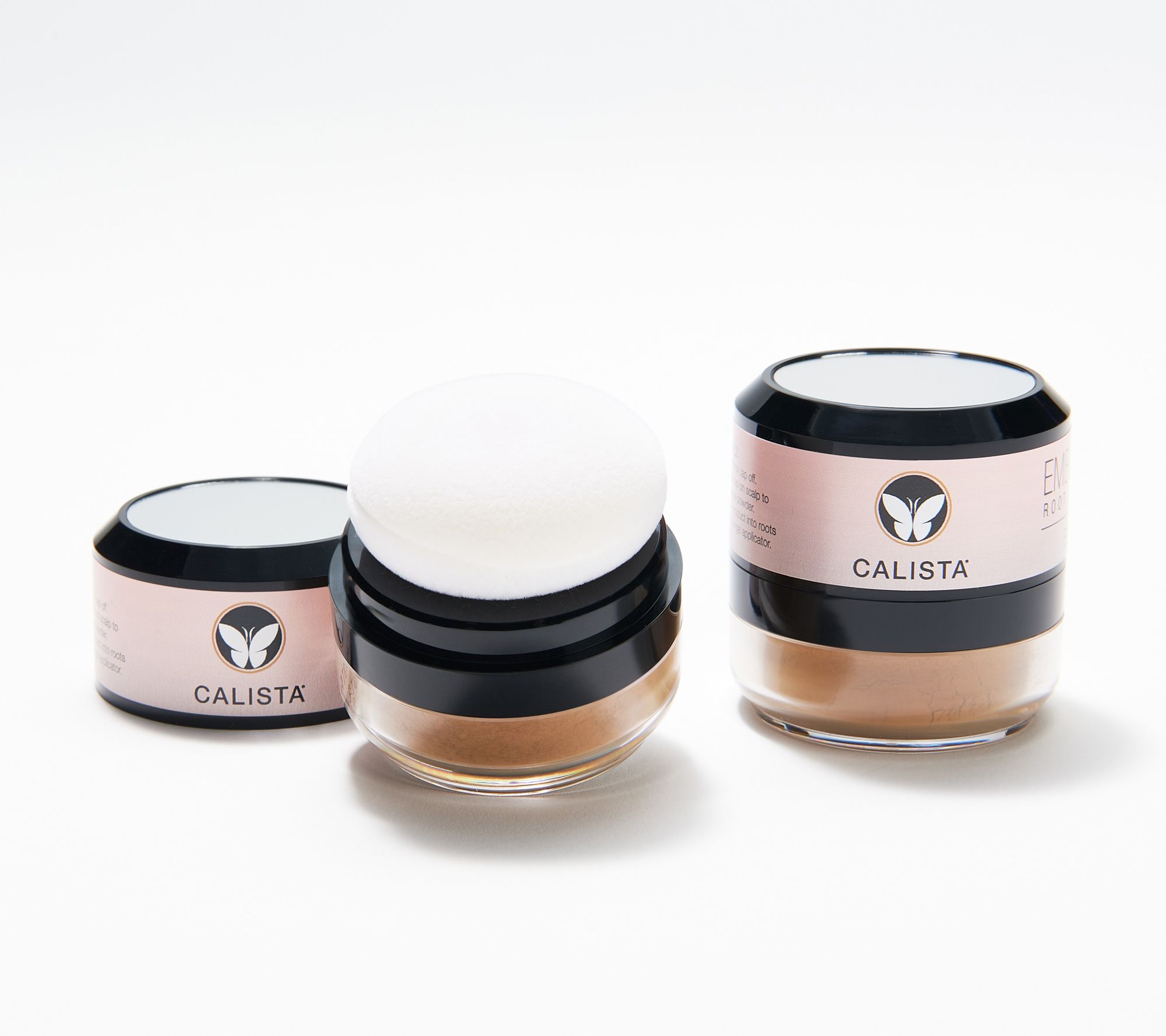Green Tea Fiber Brow Builder Gel (Cruelty Free) | 100% PURE
Lightweight eyebrow gel defines and sculpts for a full, more polished look. Green tea leaf fibers add volume, while Pro Vitamin B5 and Vitamin E strengthen.
For All Skin Types
Our lightweight and cruelty-free fiber brow gel effortlessly elevates your look with volumizing green tea fibers and natural pigments from cocoa and coffee beans. The built-in precision brush is perfect for defining, filling, and sculpting brows for a polished finish. Pro Vitamin B5 and Vitamin E coat each strand, to strengthen and encourage healthy growth. This universally wearable tint creates natural-looking definition that dries quickly, without becoming stiff or sticky. A truly nourishing treatment for full, healthy looking brows.
Additional information
| Ingredients | Camellia Sinensis (Green Tea) Leaf Extract, Tocopherol (Vitamin E), Euphorbia Cerifera (Candelilla) Wax, Oryza Sativa (Rice) Bran Wax, Coconut Stearic Acid (Coconut Acid), Camellia Sinensis (Green Tea) Leaf Fiber, Pantothenic Acid (Pro-vitamin B5) and Fucus Vesiculosus (Seaweed) Powder, Theobroma Cacao (Cocoa) Seed Butter, Passiflora Alata (Maracuja) Seed Oil, Extracts of Calendula Officinalis Flower (Calendula Hydrosol), Oryza Sativa Germ Powder (Rice Powder), Theobroma Cacao Extract (Cocoa Powder), Coffea Arabica Seed (Coffee Beans), Origanum Vulgare (Oregano) Leaf, Thymus Vulgaris (Thyme) Flower/Leaf, Rosmarinus Officinalis (Rosemary) Leaf, Lavandula Angustifolia (Lavender) Flower/Leaf/Stem, Passiflora Alata (Maracuja) Seed, Lonicera Caprifolium Flower and Lonicera Japonica (Honeysuckle) Flower Extract, Vegetable Glycerin, May Contain Iron Oxides |
|---|






by Audra
I loved this! I was wondering how it would perform. This will be a product i will continue to buy! Color was great, my tip,wipe off most of the product off the brush into the container and apply lightly and then gently go over if you need more color.
by Rebecca
I love this product! It doesn’t make me itch either which is wonderful! I have sensitive skin so finding skin care and make up is difficult for me that I don’t react too. This one is a winner!! Looks so natural and real, love it! I highly recommend this product!
by Tai
I love this brow enhancer! It is so natural and I love it!